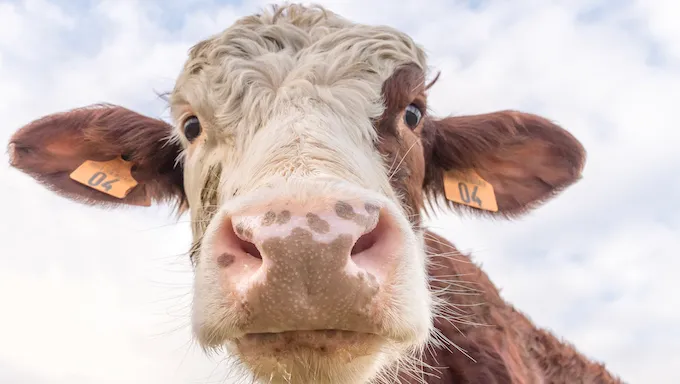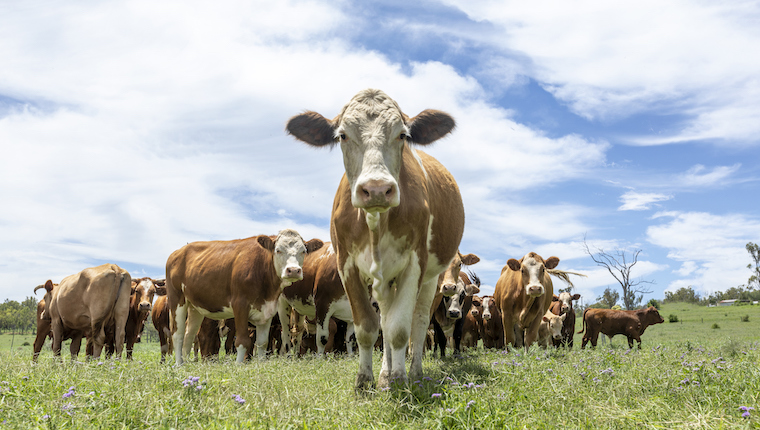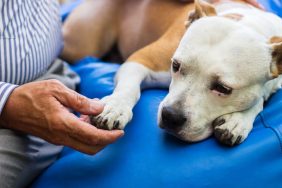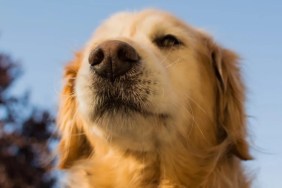
At Texas A&M, a new study shows how detection dogs can identify bovine respiratory disease in cattle.
According to the study, published in Frontiers in Veterinary Science, bovine respiratory disease (BVD) kills more feedlot cattle every year than any other disease. As such, discovering better ways to spot the disease and begin treatment earlier is crucial. Surprisingly, dogs can sniff out disease with surprising accuracy. So it stands to reason that dogs could be trained to detect BVD. Notably, the study was also published in Applied Animal Behavior Science.
Courtney Daigle, Ph.D, is an animal welfare specialist at Texas A&M’s College of Agriculture and Life Science, says the AgriLife Today website. Together with Aiden Juge, one of her doctoral students, Dagle began testing certain dogs’ ability to detect BVD-positive saliva samples. Recently, the research group started their second round of trials.
Also part of the study was dog training expert Nathan Hall, Ph.D., from Texas Tech University. Hall was the study’s resident expert on canine olfaction — their sense of smell. Finally, from West Texas A&M, BRD expert John Richeson, Ph.D. provided the pilot study’s nasal swabs. Amazingly, the study’s two dogs, named Runnels and Cheaps, trained for seven months to detect positive BRD samples.
The results of the study, and implications for the cattle industry
In their initial pilot study, Daigle said dogs accurately sniffed BRD-positive swabs at a rate slightly above chance. Specifically, researchers expected 33 percent repeat accuracy from dogs. Actually, they chose correctly about 56 percent of the time.
Interestingly, because BRD is a particularly complex disease, researchers conclude “BRD may be more challenging than other diseases for dogs to detect.” In particular, the pilot study helped them determine various conditions that would have influenced the final outcome, including season and sex.
As a result, Daigle believes further research needs “increased control of sample quality, more precise timing [for sampling]…and greater sample uniformity.” However, the results are promising. Concludingly, Daigle said, “ If these dogs can discriminate between samples from sick and healthy cattle under highly controlled conditions, then producers could have another tool in their cattle-management toolbox.”









